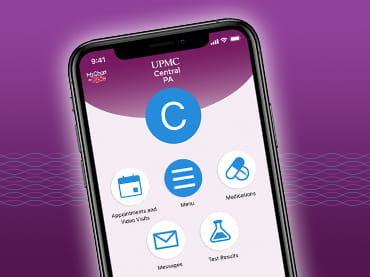Paired exchange transplant is an excellent option for living donor and recipient pairs who are biologically incompatible, or who are seeking a better matched donor
In a paired donor exchange, also known as a kidney swap, two kidney recipients essentially "swap" willing donors. While medically eligible to donate, each donor has an incompatible blood type or antigens to his or her intended recipient. By agreeing to exchange recipients—giving the kidney to an unknown, but compatible individual—the donors can provide two patients with healthy kidneys where previously no transplant would have been possible. Paired exchange transplant may also be a very good option for pairs who have a significant difference in weight, size, or age.
Paired exchange transplant can take place between pairs within a single transplant center or between pairs at different transplant centers.
Paired Exchange Transplant Chain
Paired exchange transplants can be as simple as a two way swap or as extensive as a multiple pairs that create a chain. Some paired exchange chains can be lengthy and are completed in clusters. The living donor surgery at the end of one cluster is delayed until the next cluster is ready to go to surgery. These donors are known as bridge donors, as they bridge one cluster to the next cluster of transplants. The delay in surgery for the bridge donor can be as short as one day or as long as several weeks. Bridge donors are vital to ensure that the next cluster of transplants take place.
Chains are sometimes started with a non-directed donor. Non-directed donors are also known a Good Samaritan or Anonymous donors. A non-directed donor is someone who does not have an intended recipient, but decided to donate a kidney to help those in need.
Contact Us
Need more information? Call 877-778-6110


















